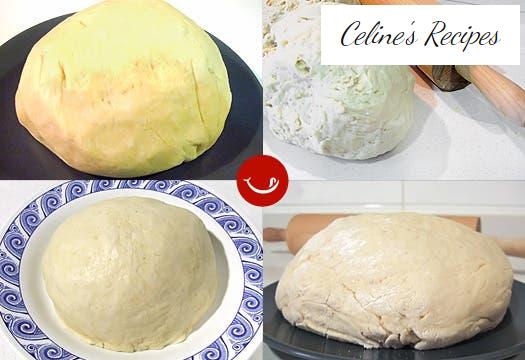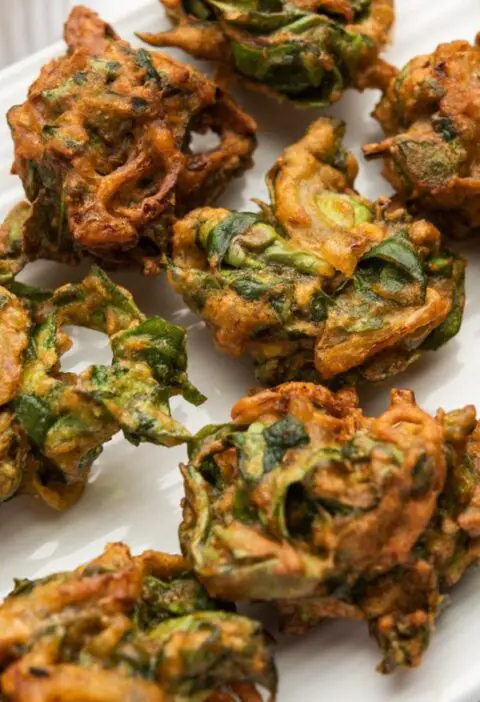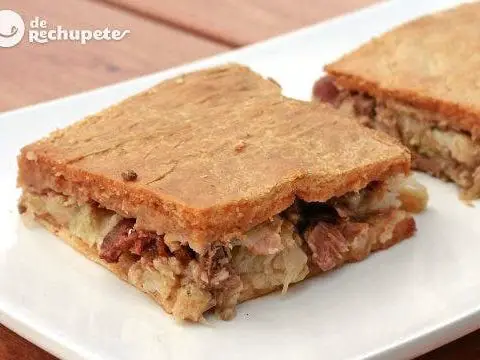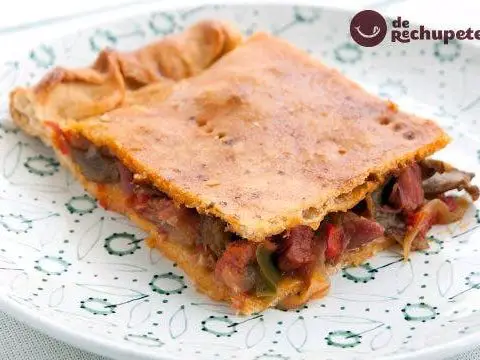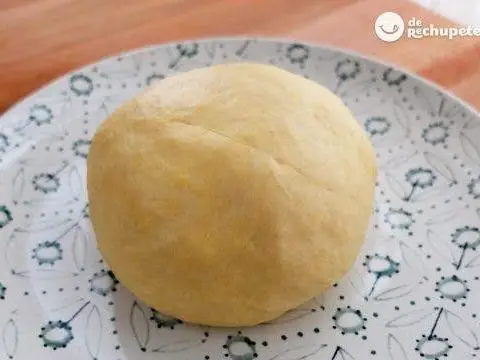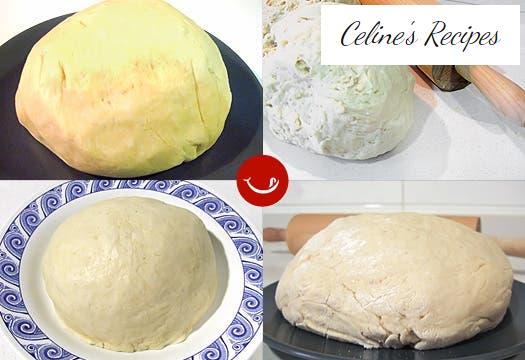
Info.
- Half
- 20 minutes
- For 8 people
- € 0.3 / person
Galician empanadas are one of the most appreciated and well-known products outside and inside Galicia. Its variety of compngos or fillings, types of dough and ways of making make the Galician empanada really the compendium of many, all encompassed under a single name but where the variety of each area delights anyone who comes by this Earth.
Today I am going to explain the diversity of doughs that can be used when preparing an empanada. This post is a kind of summary of the ones that I like the most and that succeed whenever I prepare them. Keep in mind that the dough is just as important as the filling and that the quality of the flour used will make our empanada one of the bunch or, as we like, of yummy. I leave you with this compilation that makes empanada one of the star dishes in Galician cuisine.
Types of dough:
Wheat flour dough:
This dough is the most common in the elaboration of the famous Galician empanada, it is used especially in the province of Ourense and Lugo. For this dough we can use flour of 3 types: strength, medium strength and weak. The most appropriate for any dough with fermentation is strength flour, although I have tried weak flour and in the end the empanada also comes out.
Ingredients:
- 10 tablespoons of the oil of the filling
- 30 g of yeast (2 sachets of chemical yeast in sachet) or 40 g of baker’s pressed yeast
- 200 ml of warm or lukewarm water
- 600 g of wheat flour (strength or normal)
- 2 pinches of salt (7 g.)
Wheat and corn flour dough:
It is common to find this mass all over the coast of Galicia, from Pontevedra to Coruña. It is usually associated with seafood and peixe fillings: Cockles, xoubas, sardines, eels … It is a little more coarse than that of wheat, although you can control the flour mixture so that it comes out to your liking. This dough does not bind like wheat and does not stretch as well. Therefore the empanada cover is prepared to chunks, small pieces of dough that we crush with our hands and that we are attaching to the container pressing with our fingers. Its elaboration is more complicated although it is worth it for its corn flavor.
Ingredients
- 500 g corn flour
- 100 g of wheat flour
- 10 tablespoons of compango oil or filling
- 30 g of yeast (2 sachets of chemical yeast in sachet) or 40 g of baker’s pressed yeast
- 170-200 ml of warm or lukewarm water
- 1/2 tablespoon of salt
Mixed flour dough (corn, wheat and rye):
It is the most common in lugo areas of O Caurel and Los Ancares where all the planted and ground cereal was used. It is baked in a bread oven and stuffed with game pieces: pieces of a rabbit with its bone (Susete’s mother prepares it for vice) or parts of the slaughter.
Ingredients
- 200 g corn flour
- 200 g of wheat flour
- 100 g rye flour
- 10 tablespoons of compango oil or filling
- 30 g of yeast (2 sachets of chemical yeast in sachet) or 40 g of baker’s pressed yeast
- 150 ml of warm or lukewarm water
- 1/2 tablespoon of salt
Standard preparation for wheat doughs and mix:
- In a large bowl we introduce part of the wheat flour. We leave about 4 tablespoons of flour separate to fatten the dough.
- In the center of the bowl, with a spoon we make a hole and pour the yeast dissolved in the water.
- Beat with a wooden spoon from the center outwards and gradually mix with the flour.
- We add the oil from the sauce and the salt (it is important that the salt and the yeast do not come into direct contact, in this way that I explain you will not have a problem in the fermentation process). We continue removing what begins to be the dough. For now it will be a sticky but firm mix.
- We prepare the area where we are going to knead, for example the kitchen counter is perfect. We fill the area of the counter with flour, remove the dough from the bowl and begin to work the dough with your hands.
- Little by little we can manipulate the dough more quickly, it will remain elastic and homogeneous. This process takes about 10 minutes.
- We are turning the dough into a ball. We take the previous bowl and flour it. We introduce the dumpling into it. We cover the bowl with a cotton cloth for about 45 minutes-1 hour and there we have the dough to start preparing the empanada that we like the most.
If you do not use yeast, you can use white wine or beer that will act as a ferment. One of the doughs that I have tried in this way is that of the cod pie with raisins that Dani took to the Tapas & Blogs picnic with Rodrigo’s recipe from Por mis fogones . The recipe for the dough is as follows: 100 ml of warm or dry white wine, 200 ml of lukewarm water, 100 ml of olive oil to sauté the onions, 800 g of wheat flour and a little salt.
They seem like many steps but in the end you will realize that it goes fast, from the moment you start in the bowl until you have it ready it takes about 20 minutes. And I remind you that if you can freeze the rest of the dough, wrap it in plastic wrap and remember to write the date with a marker. You can use it on another occasion by leaving it to defrost in the fridge the night before.
